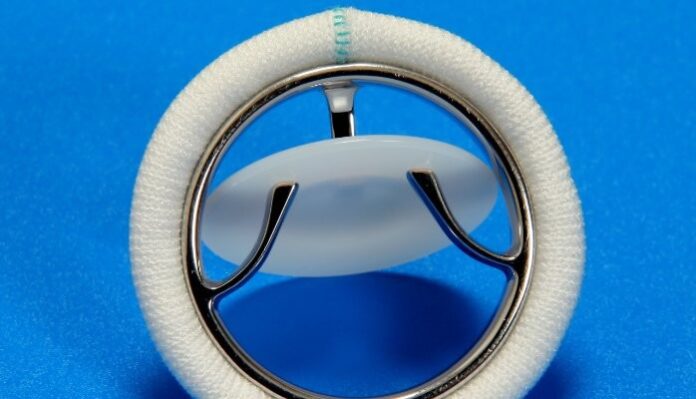The low-cost Sree Chitra valve is an example of how a successful implementation of the innovation ecosystem is helping India tackle Rheumatic heart disease and contributing to the country’s march towards Swasth Bharat.
While the first Chitra Heart Valve was successfully implanted in a patient in 1990, subsequent efforts to improve upon and scale up the product have led to the clinical use of close to 2,00,000 devices with success rates comparable to any other heart valve in the market today.
Rheumatic heart disease, which leads to the damage of heart valves needing prosthetic replacement, is a challenge in India. In the 1980s, based on the estimate of the Indian Council for Medical Research, 6 out of every 1000 children had rheumatic fever and the young population at risk for valvular disease was estimated at 12 lakhs.
The valves which are the solution to the disease, needed to be imported at a very high cost and were not affordable to all.
Responding to India’s requirement for low-cost indigenous artificial heart valves Sree Chitra Tirunal Institute for Medical Sciences and Technology (SCTIMST), an autonomous institute of the Department of Science and Technology (DST) put together a multidisciplinary team to take up the development challenge.














